Once the reserve of only the most dedicated training fanatics, indoor cycling has come on in leaps and bounds in recent years.
While progress in hardware such as smart trainers has focused on improving realism, there have been multiple approaches to indoor cycling software.
Some have centred on making realistic cycling simulators, while others have built virtual worlds with gamified features such as social interactions, fictional virtual worlds, power-ups, levelling up and unlockable upgrades.
For me, a greater focus on the latter is what indoor cycling needs if it wants to keep growing and help a wider audience enjoy the benefits, rather solely those simply obsessed with their fitness.
Riding a stationary bike indoors will never replicate the experience of riding one outside, but by borrowing features from video games, it can be fun in different ways.
Make it fun
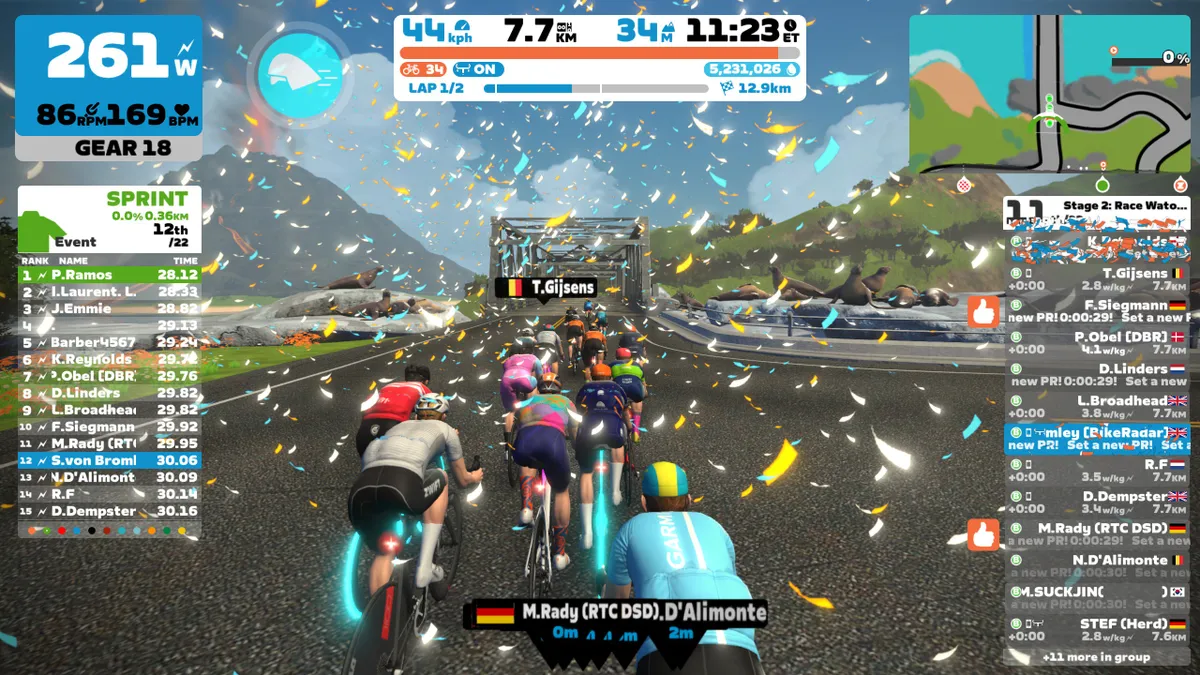
While there are many indoor cycling apps and even a few free indoor cycling apps available, Zwift has emerged as a clear market leader because it’s the most fun.
In contrast, the recent demise of Wahoo RGT – which focused on 'realistic' physics, virtual courses that attempted to replicate real-world locations and an in-depth library of workouts – may be partly attributable to the fact it simply wasn’t as fun or as social as Zwift.
Likewise, Rouvy’s implementation of placing augmented reality avatars into videos of real-world courses looks awkward. The contrast between the real video ‘world’ and digital avatars is too obvious.
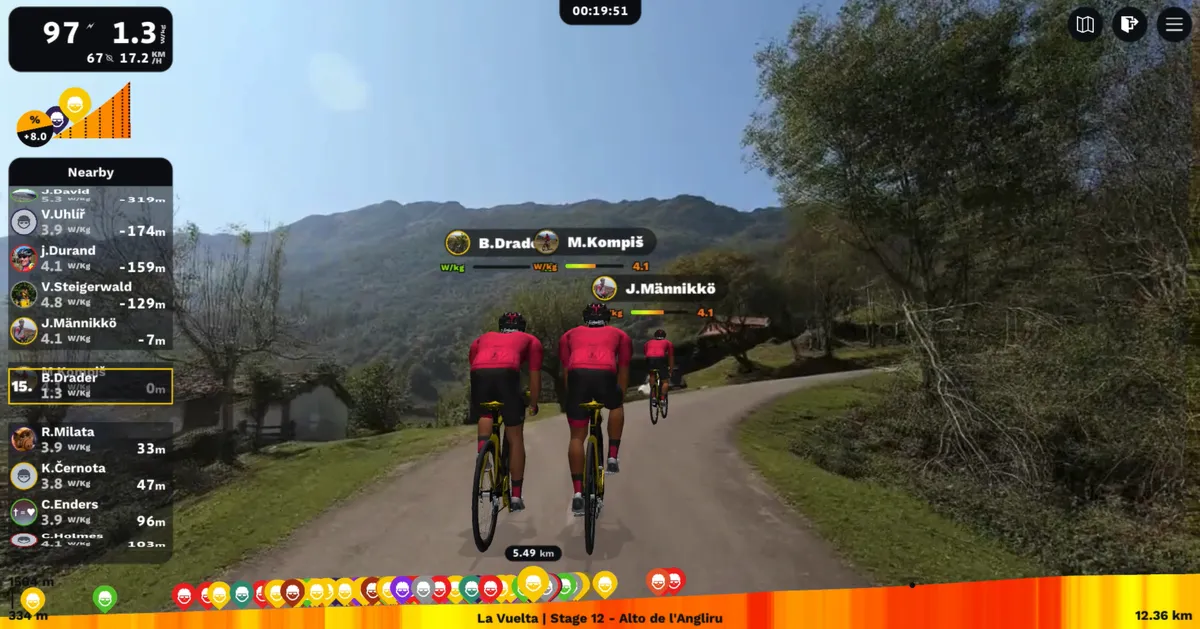
There’s a reason Mario Kart (a go-kart racing game featuring fictional courses and power-ups), for example, is more popular than iRacing (a motorsports racing simulation).
That Mario Kart focuses on fun and accessibility over realism, is one of its greatest strengths.
Of course, many people do prefer simulator games, but as things stand there are no cycling simulators anywhere near as realistic or polished as iRacing or Microsoft Flight Simulator.
In any case, no matter how realistic a virtual cycling simulation could be, if it isn’t fun I’m not interested.
After all, if realism is what you want, it’s nearly always possible to take your bike off the trainer and go for a ride outside instead – something that isn’t possible for most people aspiring to drive a racing car or fly an aeroplane.
Indoor and outdoor cycling are not the same, and that’s fine

Though using a smart trainer paired with any kind of indoor cycling app can be fun to a degree, there’s no way it will ever completely replicate riding outdoors.
Smart trainer hardware has improved massively in just a few short years, but it feels as if we’re reaching something of a technological plateau there now.
All of the best smart trainers now have high enough maximum powers, can simulate steep enough gradients, and have good enough power accuracy and ride feel to satisfy all but the most demanding riders.
There are also accessories such as rocker plates (platforms to which you can mount your smart trainer and bike for increased movement) and gadgets such as the Wahoo Kickr Climb and Elite Rizer.
Wahoo promised a “giant leap” for comfort and realism with its recently launched Kickr Move smart trainer, but having tested it (look out for my in-depth review coming soon), I’m not convinced its added movement mechanics move the needle much.
Ultimately, it’s impossible to forget you’re still riding a stationary bike indoors.
Likewise, Zwift racing can be engaging, tactical and an amazing workout, but Zwift time trials or mass-start races nevertheless have none of the adrenaline-inducing speed, bike handling or jostling for position in a bunch.
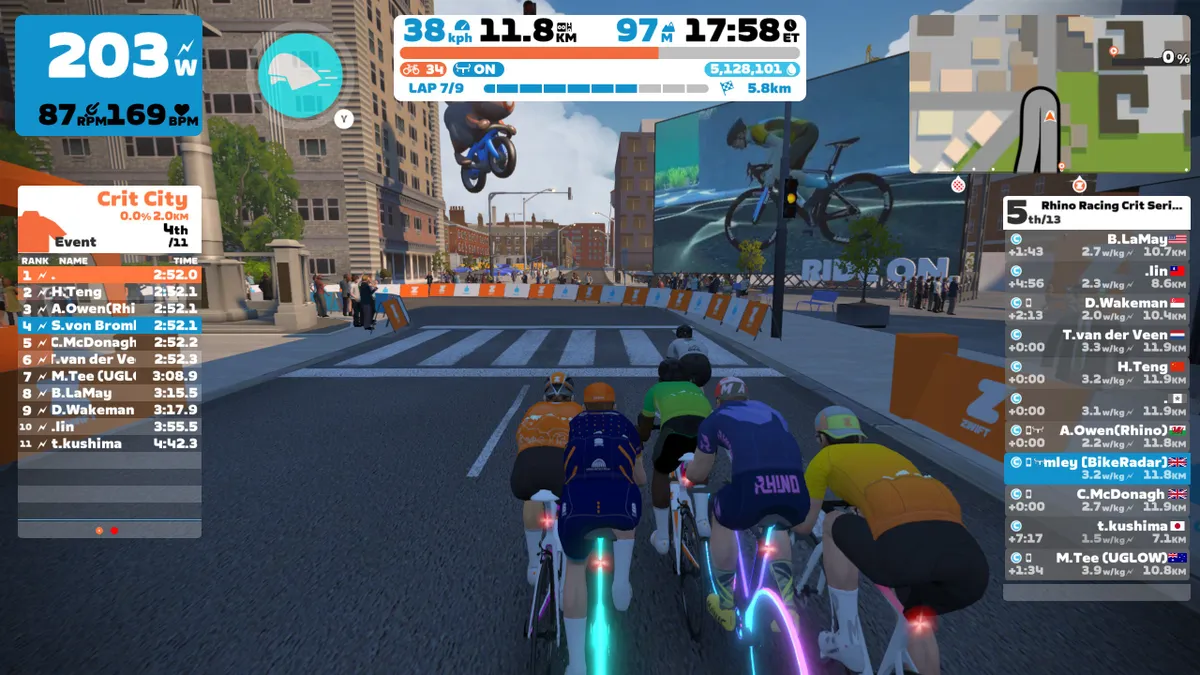
Of course, it’s also true that no one screams “Hold your line!” every few minutes in a virtual race, and there’s no risk of being taken out by a competitor dive-bombing the bunch into a corner and losing their front wheel.
For many, this relative lack of risk is what makes platforms such as Zwift so appealing – without doubt, they offer a more accessible entry point to group riding and racing.
Whatever your stance on it, though, we can all agree virtual indoor cycling and riding in the real world are not equivalent.
Indoor cycling should stop chasing realism and focus on fun
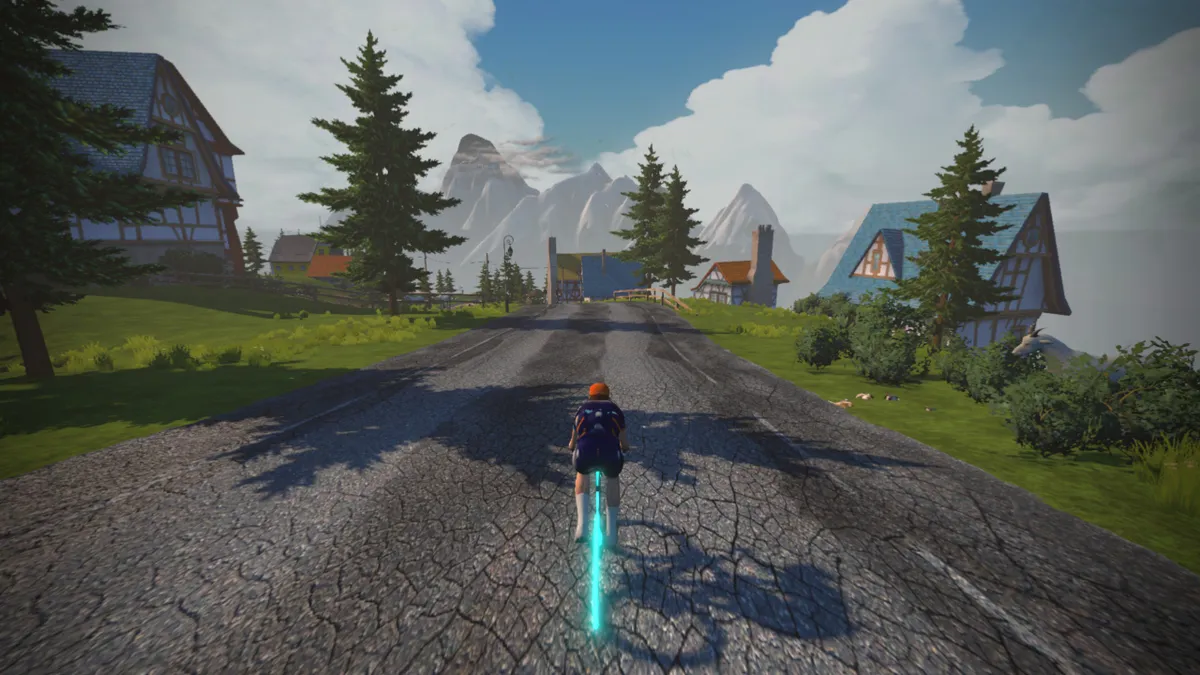
On the other hand, virtual indoor cycling can do things you can’t do in the real world.
In the real world, you’re generally limited to riding courses and terrain in your local area (unless you’re able and willing to travel frequently).
Living in the South West of England, I have essentially no access to long mountain climbs, for example.
Indoors, I can ride Alpe du Zwift whenever I like, or I can access a group ride, event, race or workout whenever it’s convenient for me.
Hardware limitations aside, indoor cycling platforms can build virtual worlds only restricted by their imaginations, rather than the geography of the real world.
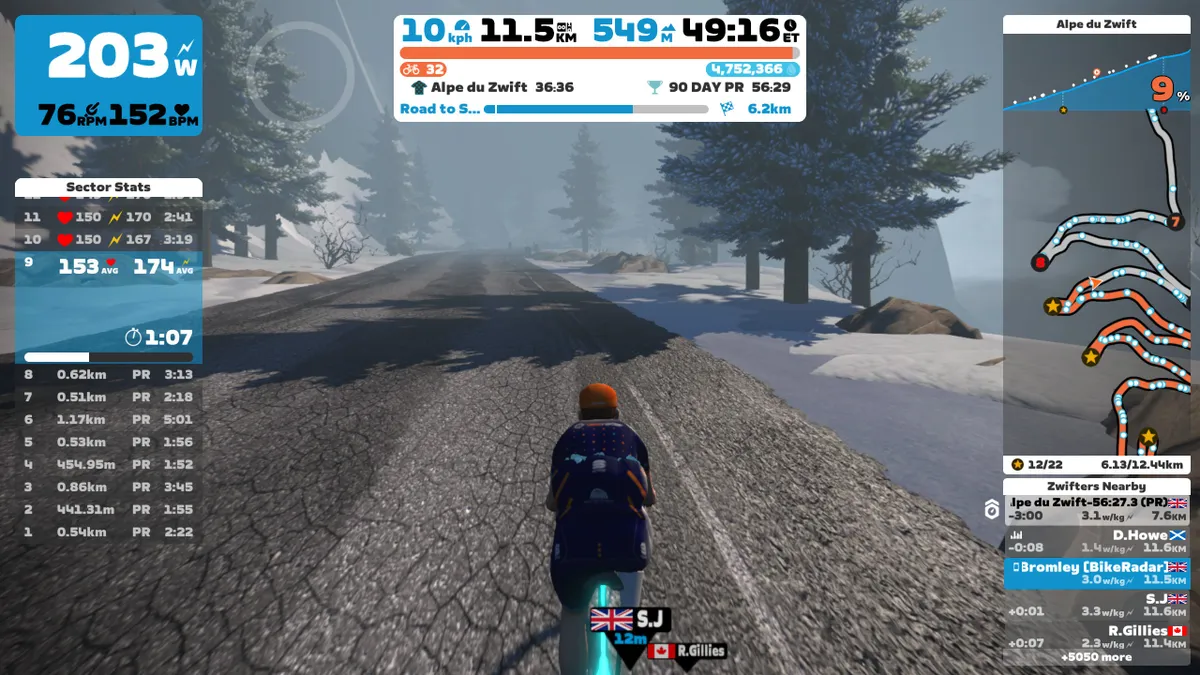
There are also no power-ups in the real world, and getting access to a new bike requires a significant cash investment rather than simply unlocking it by riding more and levelling up.
Other indoor cycling apps should learn from the popularity of Zwift and implement more of these gamified features.
With the launch of its Play controllers, which enable steering, braking and virtual gear changes with your fingertips, Zwift is clearly taking tentative steps to give riders a greater degree of control over their virtual avatar.
Indeed, Zwift announced gamified test events and races, which take advantage of steering and braking, would be coming to the platform this season.
As things stand, the physics of riding in a bunch and the resulting tactical aspects of Zwift both work well.
Needing to steer or brake to take corners effectively – as in almost every other racing game – feels like an obvious next step in improving how engaging the game is, however.
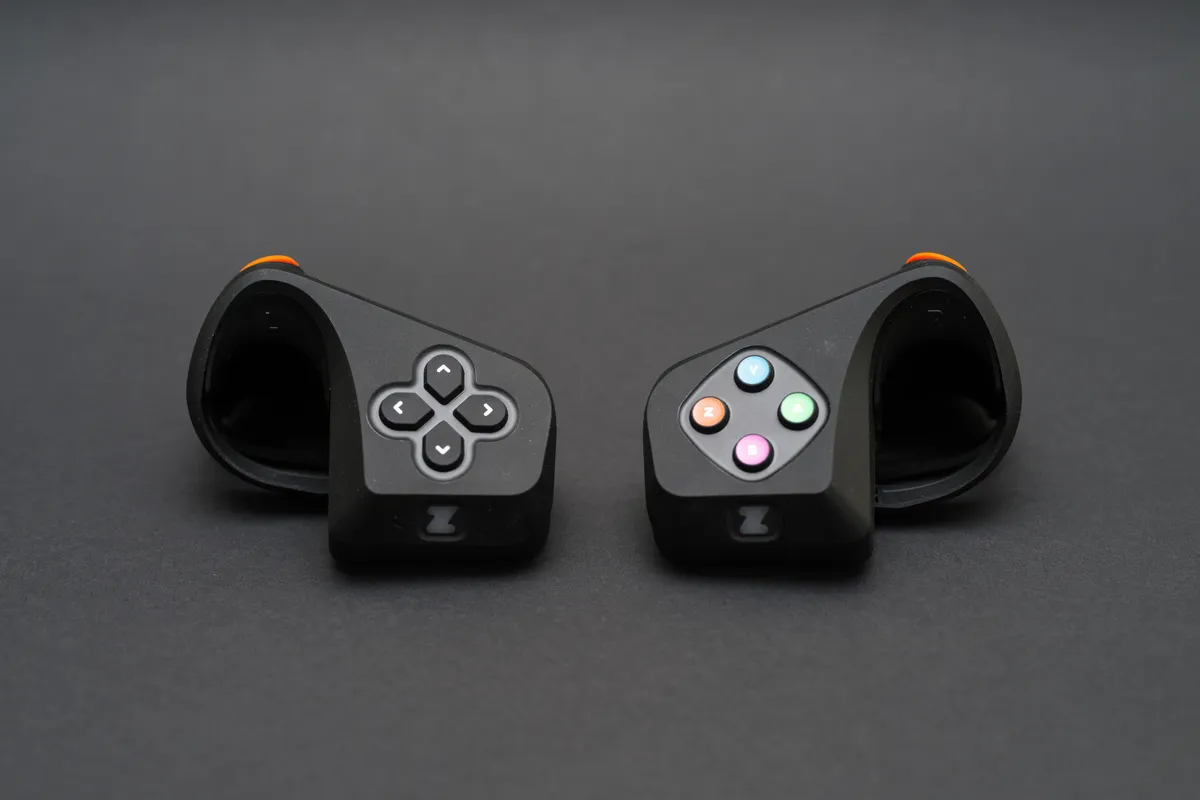
Perhaps Zwift could even go further and implement other common video game features such as ‘Dynamic game difficulty balancing’. As happens in Mario Kart, for example, chasing riders could be given stronger power-ups to help them back from being dropped by the main bunch.
As things stand, with how hard most Zwift races are during the opening minutes, it’s fairly easy to get dropped from the main bunch within the first few virtual kilometres. If this happens, you’re effectively out of the race with no chance of getting back into the main group (due to how the virtual drafting effect increases the speed of the main group so substantially compared to riding solo).
While that may be ‘fair’ or ‘realistic’ in an athletic sense, it’s not much fun for those who get dropped and it doesn’t encourage them to come back for more.

Or perhaps riders could be given more options for optimising their virtual bike setup than simply choosing a frameset and wheels.
Riders could opt for a set of fast time trial tyres with a higher risk of a virtual puncture, or a more hardy set to play it safe at the expense of some speed. Or tyre choice could affect grip on off-road sections, for example. There are many possibilities.
Naturally, all of these things would need to be effectively balanced so as to not ‘break’ the game, but that’s a dilemma facing all video game developers.
It needs to be social
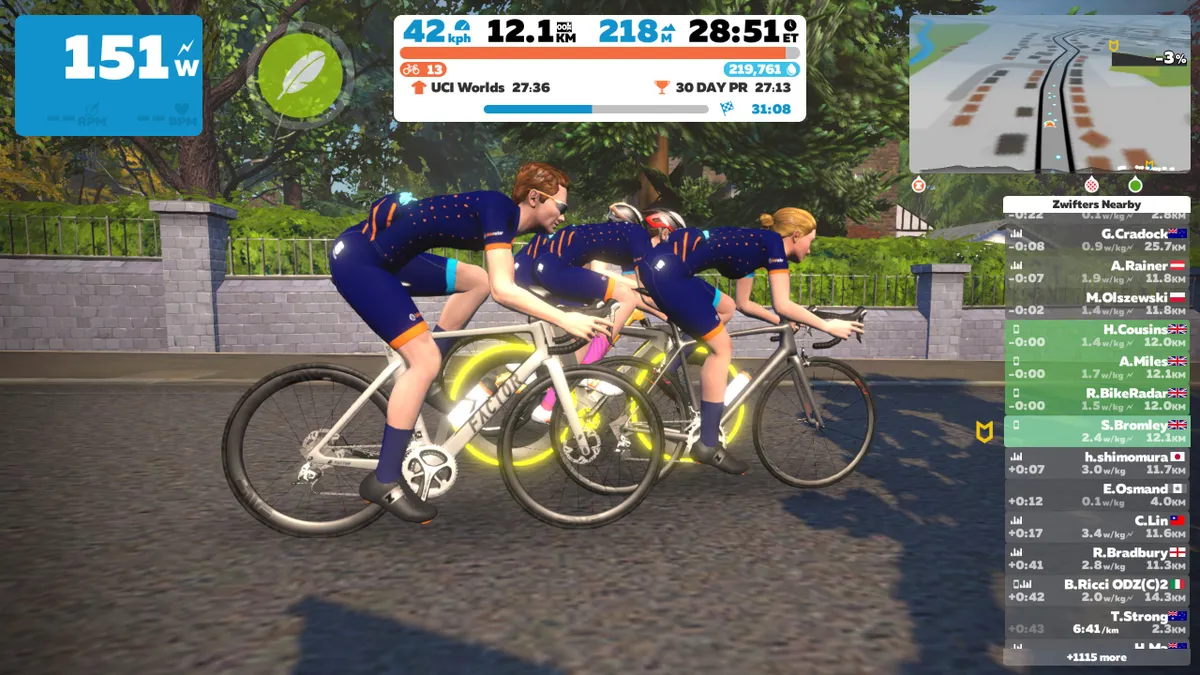
Another key reason Zwift is succeeding where others have failed is in the social side of cycling.
Zwift saw enormous growth during the global COVID-19 pandemic because it made it easy to ride with your friends in a virtual setting.
While some other apps make a big deal of having many thousands of kilometres of virtual roads to ride, Zwift only ever has three relatively small virtual worlds live at any one time.
As a result, Zwift’s worlds are always populated with other cyclists, making them feel more alive.

Successful mainstream video games, such as Fortnite and Call of Duty Warzone (both free-to-play battle royale games) have shown that creating a well-populated, social-friendly virtual world is of critical importance to modern online games.
One thing I would like to see Zwift implement, though, is voice chat.
It would need to be optional, of course, and would preferably have basic options such as 'push to talk' (so it only picks up your voice when you want it to) and ‘bunch’ or ‘party-only’ chat (so you’re only talking to people in your group – pre-arranged or otherwise – and not every rider online at that time).
However, as things stand, riders resort to using third-party platforms such as Discord to talk to other riders.

Of course, there are hardware issues to overcome, such as ensuring that riders have access to a microphone and headphones or speakers.
These aren’t insurmountable issues for most video games, however, and it’s easy to envisage how voice chat could be implemented through the Zwift Companion iOS and Android app, or via the Zwift Play controllers.
Should indoor cycling apps copy video game business models?
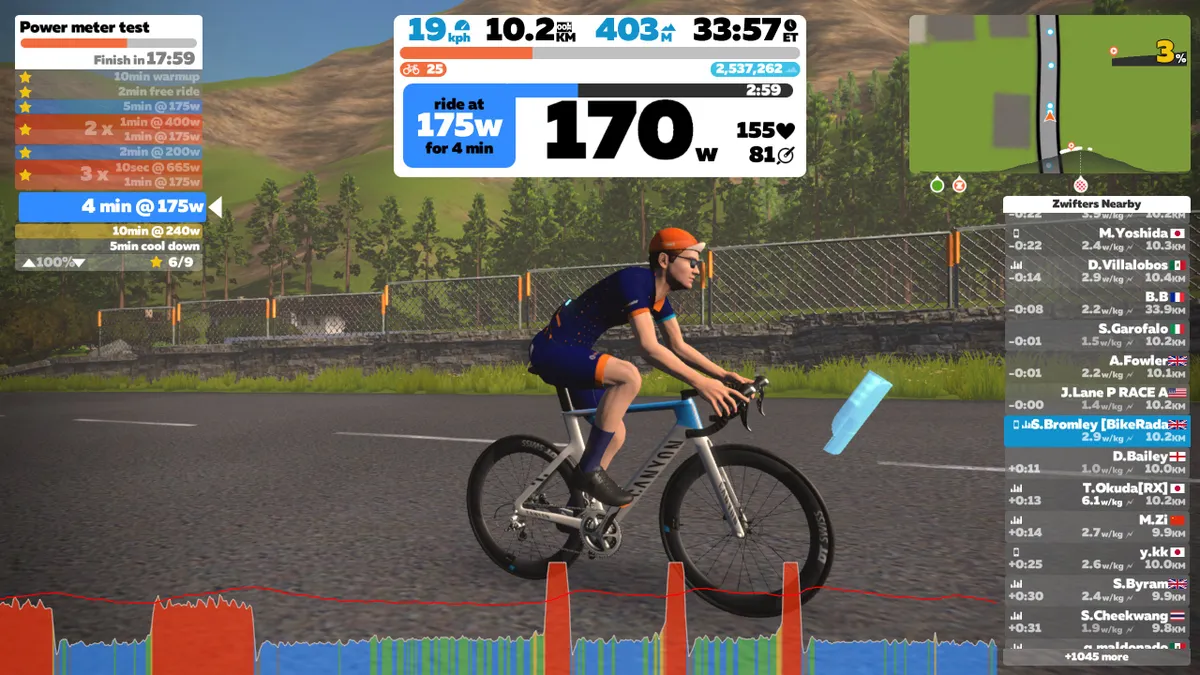
Aside from making things more fun, there may be lessons indoor cycling apps can learn from the business models of highly profitable video games.
Games such as Fortnite and Call of Duty make enormous amounts of money through selling digital character models and weapon ‘skins’ to use in-game.
To be clear, these digital items typically confer next to no performance advantages in competitive modes (they’re not ‘pay-to-win’, for the most part) – they’re simply about looking cool or enabling players to skip the levelling-up ‘grind’.
In contrast, Zwift allows users to unlock new bikes, kits and accessories only via levelling up and by spending accumulated ‘Drops’ (Zwift’s virtual in-game currency), or through participating in in-game events.
Zwift also seems to have slowed on adding new bikes and equipment to its ‘Drop Shop’, with new road bikes such as the latest Giant Propel or Specialized S-Works Tarmac SL8 not yet available.
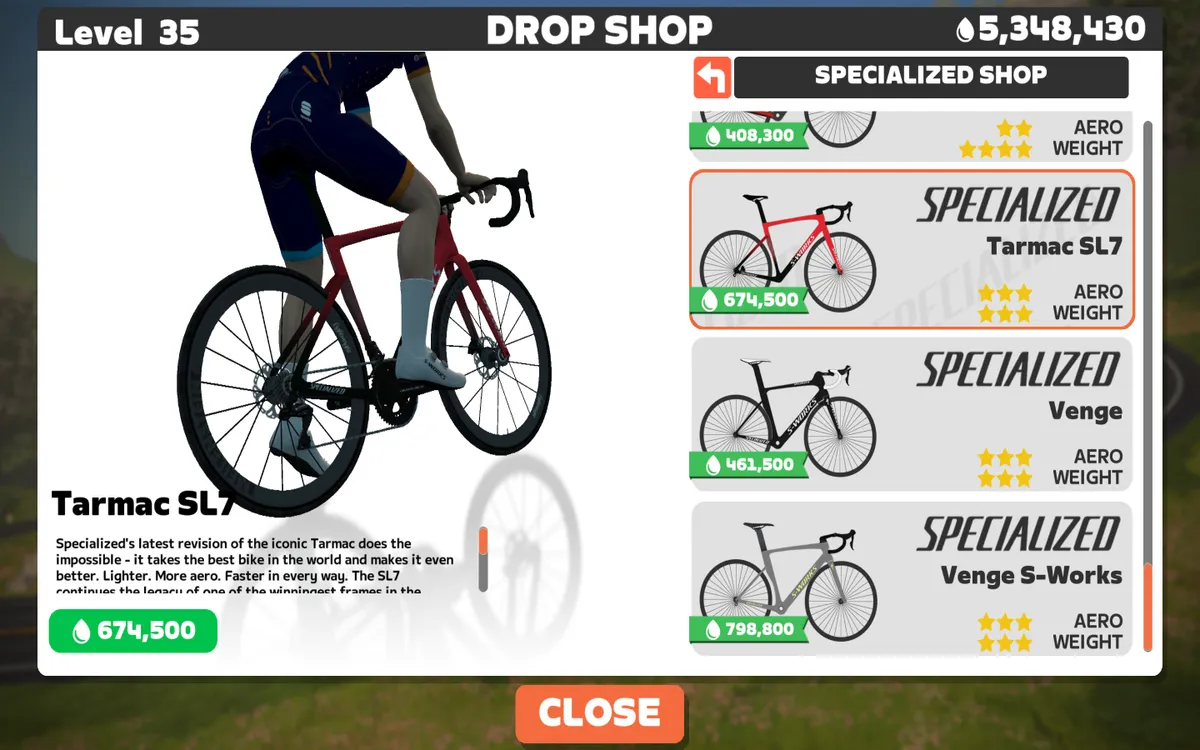
Of course, Zwift operates on a subscription-based business model as opposed to the free-to-play models Fortnite and Call of Duty: Warzone use. Perhaps Zwift’s audience therefore isn’t directly comparable.
However, given my experience with other video games, I wouldn’t be at all surprised if Zwift users were willing to part with real cash to unlock their favourite bikes and kit without needing to grind for XP (experience points) or drops.
This would also open up commercial opportunities for Zwift to partner with major brands in the cycling industry, to get their bikes and kit in the game.
Looking into the crystal ball
During the global pandemic, when people were confined to riding indoors for many months, indoor cycling understandably had a moment.
To capture people’s attention now, in direct competition with riding in the ‘real world’, it needs to be something riders make an active choice to use.
Furthermore, in order for these platforms to survive and flourish in the long term, there may also be lessons to learn from the business models of video games in other spaces.
But having reached a point where the hardware is now largely ‘good enough’, indoor cycling will have a wider appeal if brands focus on the things that make it fun and social, rather than looking for ways to simply make it more realistic.
